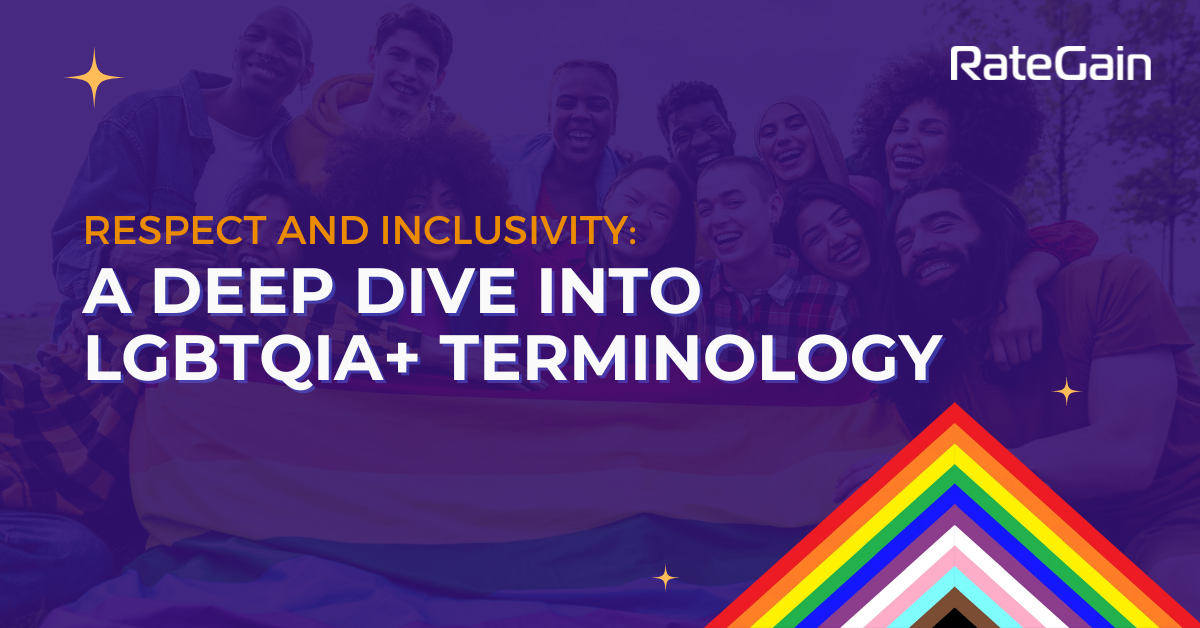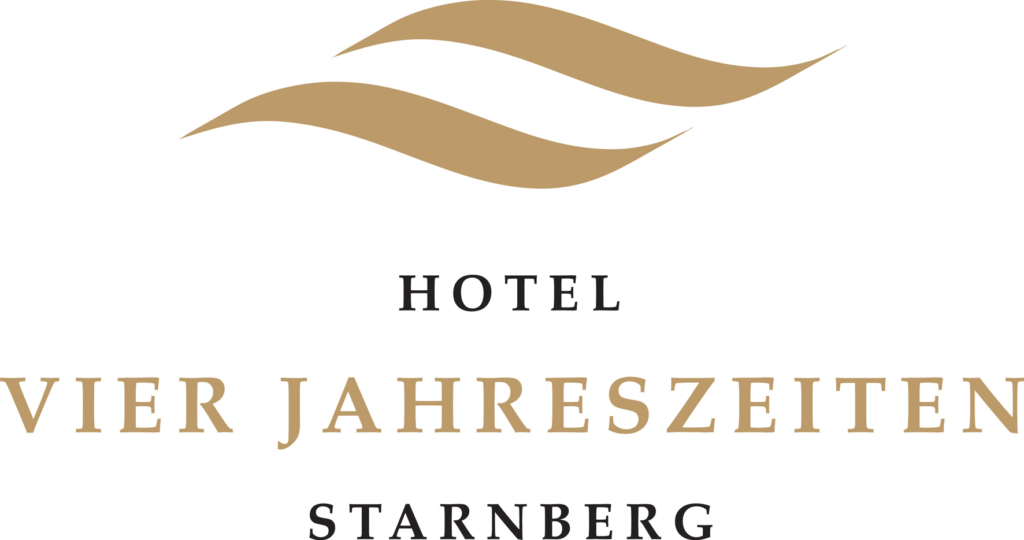As society becomes more inclusive, understanding the diverse spectrum of sexual orientations and gender identities is essential. This guide aims to clarify LGBTQIA+ terminology, fostering respect and empathy for all individuals.
What Does LGBTQIA+ Stand For?
LGBTQIA+ is an acronym representing different aspects of sexual orientation and gender identity. It stands for Lesbian, Gay, Bisexual, Transgender, Queer or Questioning, Intersex, Asexual, and the plus symbol (+) to include other identities not explicitly listed.
Key Terms and Identities
- Lesbian: A woman who is romantically and/or sexually attracted to other women.
- Gay: A person who is romantically and/or sexually attracted to people of the same gender. While it commonly refers to men, it can be used for anyone attracted to the same gender.
- Bisexual (Bi): An individual who is romantically and/or sexually attracted to more than one gender.
- Transgender (Trans): An umbrella term for people whose gender identity differs from the sex they were assigned at birth. This includes:
- Transgender Man (Trans Man): A person assigned female at birth who identifies and lives as a man.
- Transgender Woman (Trans Woman): A person assigned male at birth who identifies and lives as a woman.
- Non-Binary: People who do not exclusively identify as male or female. They may feel like a mix of both, neither, or a different gender altogether.
- Queer: An umbrella term that can describe a variety of sexual orientations and gender identities that are not exclusively heterosexual or cisgender. It’s also a reclaimed slur that some use proudly, though not everyone in the community is comfortable with it.
- Questioning: Individuals who are exploring or unsure about their sexual orientation or gender identity.
- Intersex: People born with physical sex characteristics that don’t fit typical definitions of male or female bodies. This can involve variations in chromosomes, gonads, or genitalia.
- Asexual (Ace): Someone who experiences little or no sexual attraction to others. Asexuality exists on a spectrum, with some asexual people experiencing romantic attraction.
- Plus (+): An inclusive symbol representing the myriad of identities within the community that are not explicitly covered by the main acronym. This can include:
- Pansexual: Attraction to people regardless of their gender.
- Genderqueer: A person whose gender identity doesn’t conform to conventional gender distinctions.
- Two-Spirit: A term used by some Indigenous North American cultures to describe a person who embodies both masculine and feminine qualities.
Important Concepts
- Gender Identity: A personal conception of oneself as male, female, a blend of both, or neither. It’s about how individuals perceive themselves and what they call themselves. This can be the same or different from the sex assigned at birth.
- Gender Expression: How a person outwardly shows their gender, through behavior, clothing, haircut, voice, and other forms of presentation.
- Sexual Orientation: Refers to whom a person is attracted to romantically or sexually. This is distinct from gender identity.
- Cisgender: Describes a person whose gender identity matches the sex they were assigned at birth.
- Non-Binary and Genderqueer: Terms for people who don’t fit strictly into male or female categories. Non-binary is often used interchangeably with genderqueer, though individual preferences vary.
Respectful Communication Tips
- Ask and Use Correct Pronouns: Respect people’s preferred pronouns. If unsure, politely ask, “What pronouns do you use?”
- Use Inclusive Language: Avoid assumptions about someone’s identity based on appearance. Use gender-neutral terms like “partner” instead of assuming “husband” or “wife.”
- Listen and Learn: Everyone’s experience is unique. Be open to listening to personal stories and perspectives.
- Educate Yourself: Take the initiative to learn about different identities and experiences to avoid putting the burden of education on LGBTQIA+ individuals.
Understanding LGBTQIA+ terminology is a step toward creating an inclusive and respectful society. By learning and using these terms correctly, we can contribute to a world where everyone feels seen, heard, and valued for who they are.
 Deutsch
Deutsch Português
Português Italiano
Italiano Espanol
Espanol čeština
čeština ไทย
ไทย العربية
العربية Français
Français

